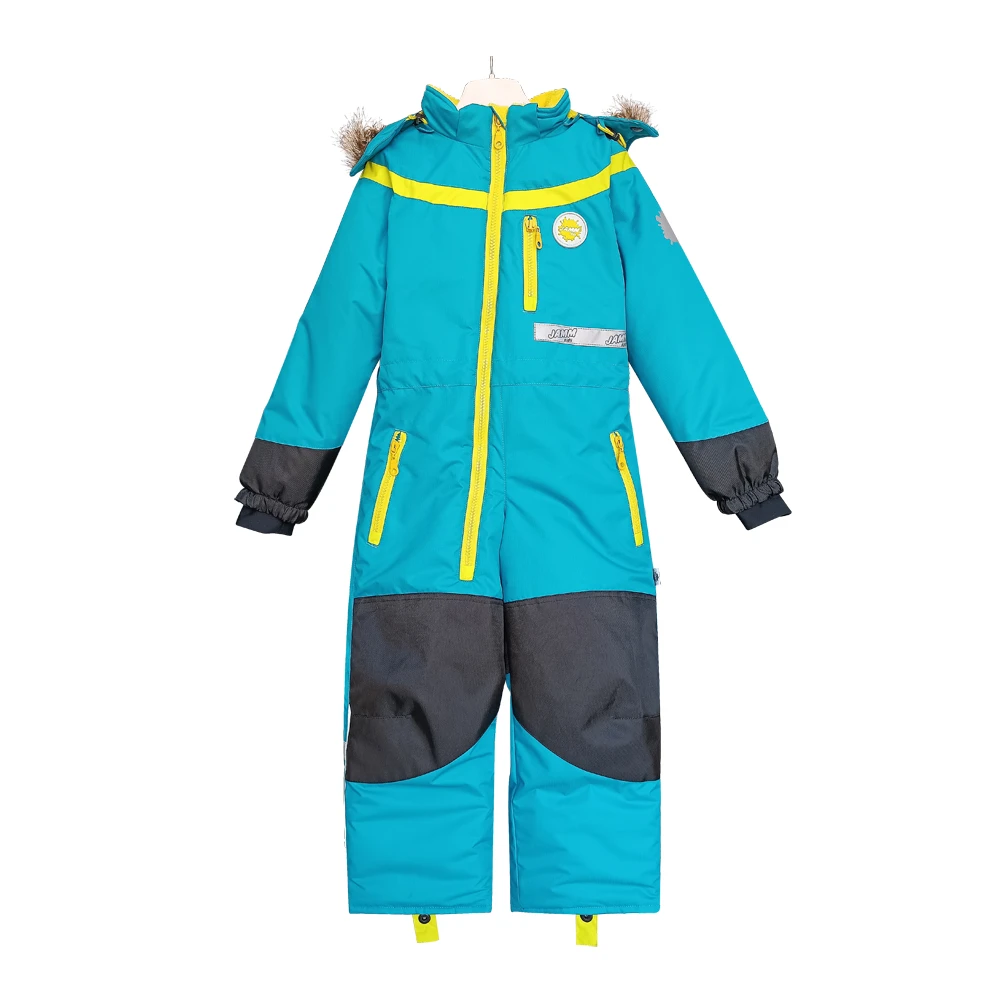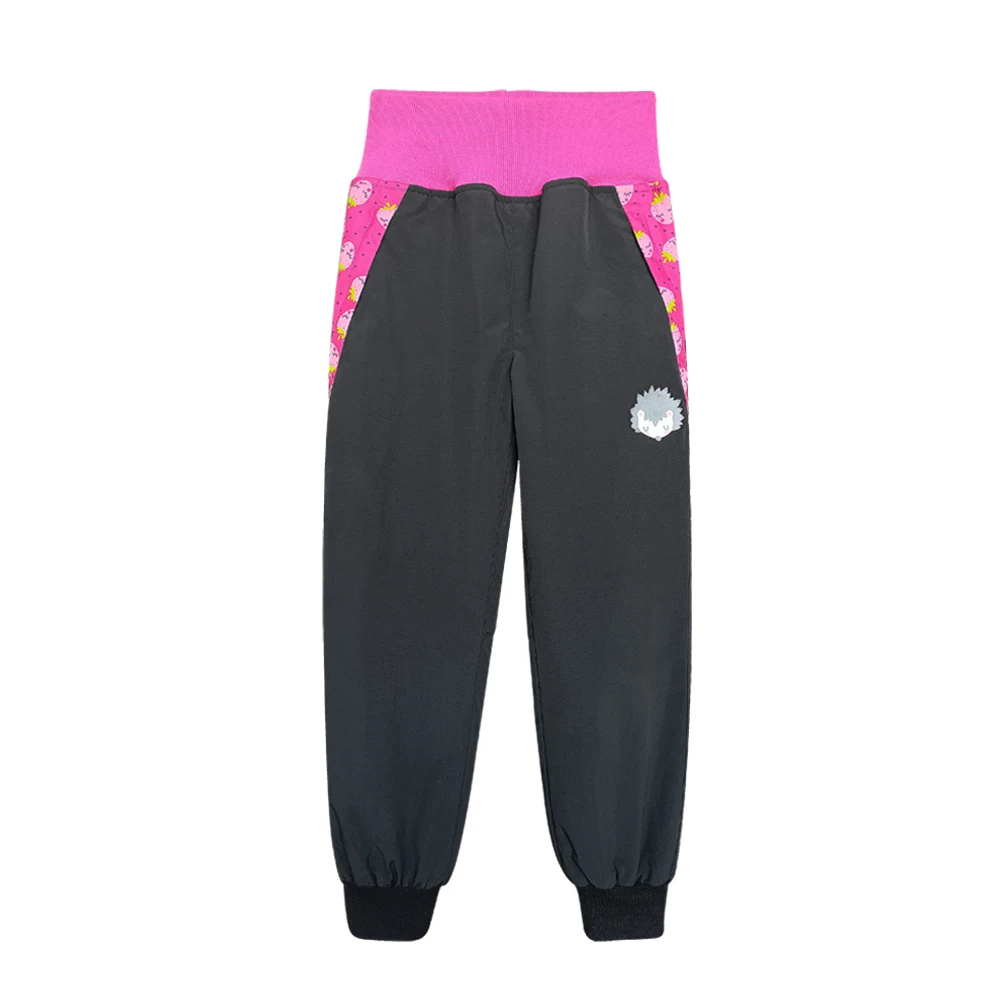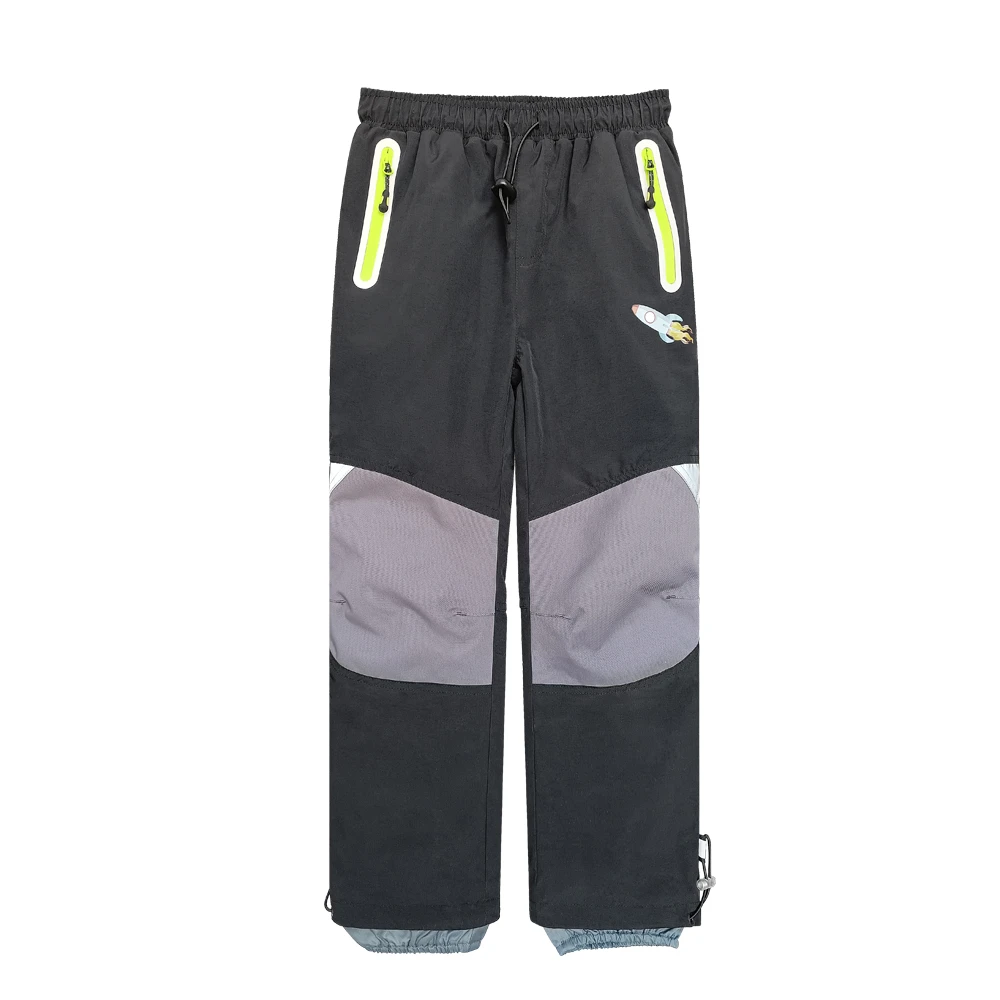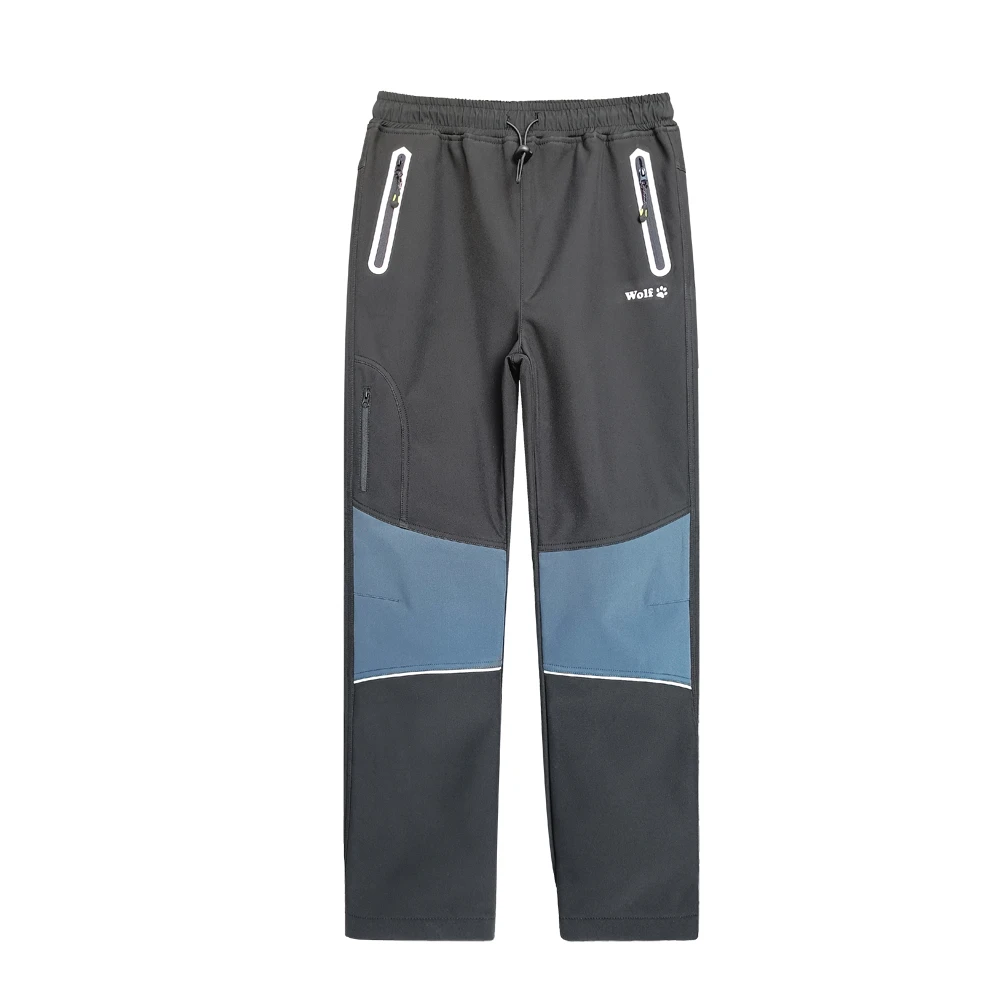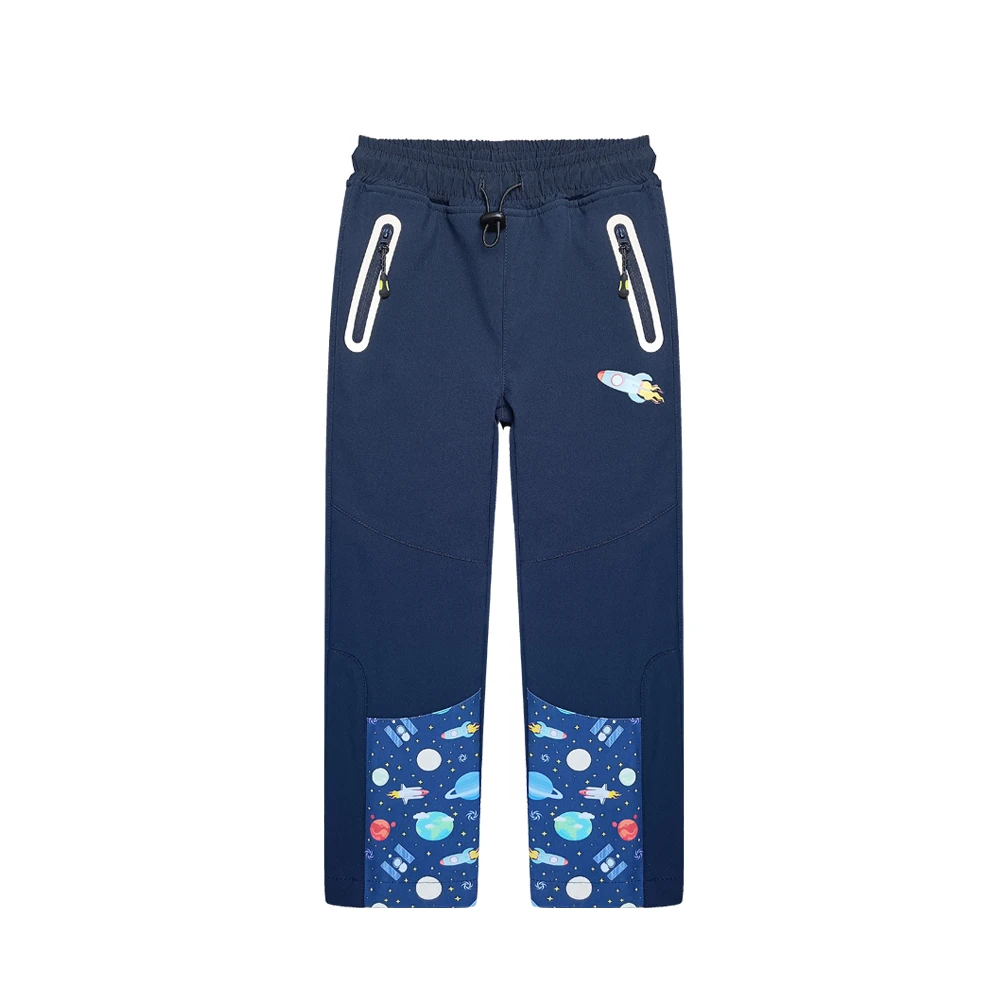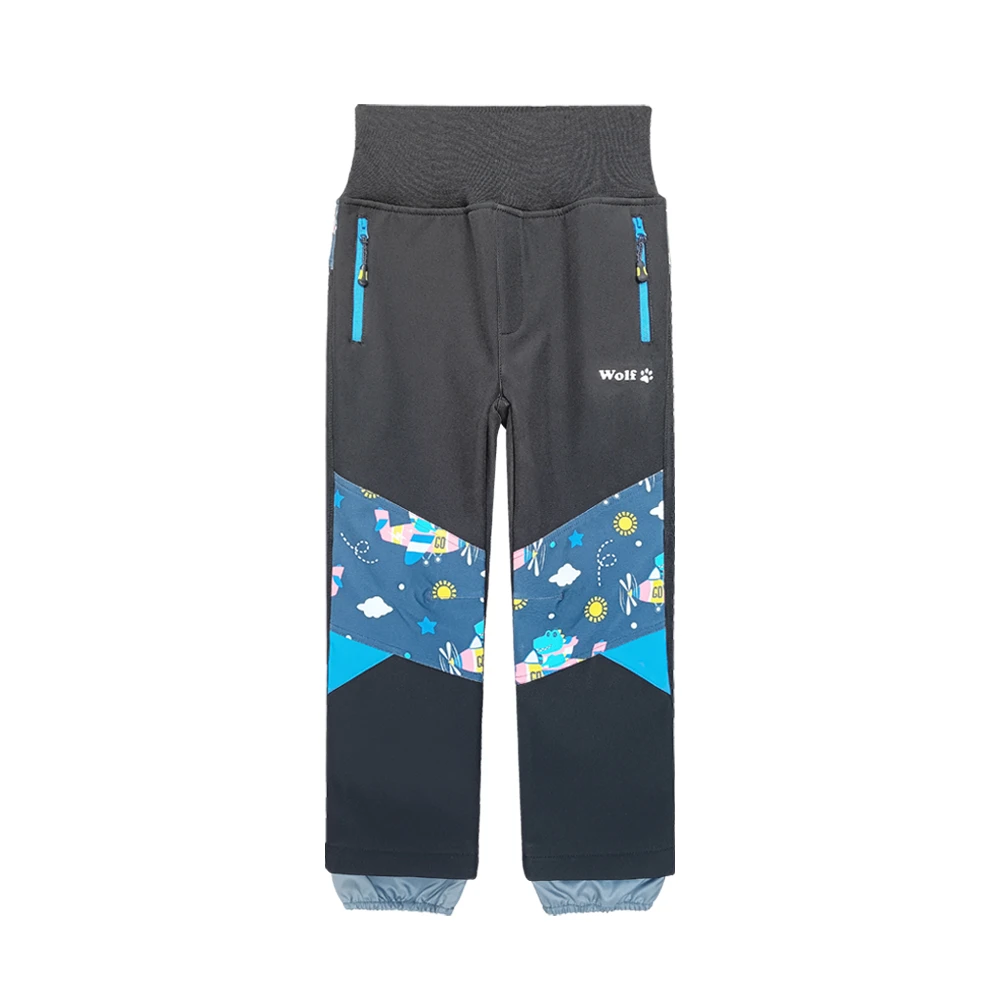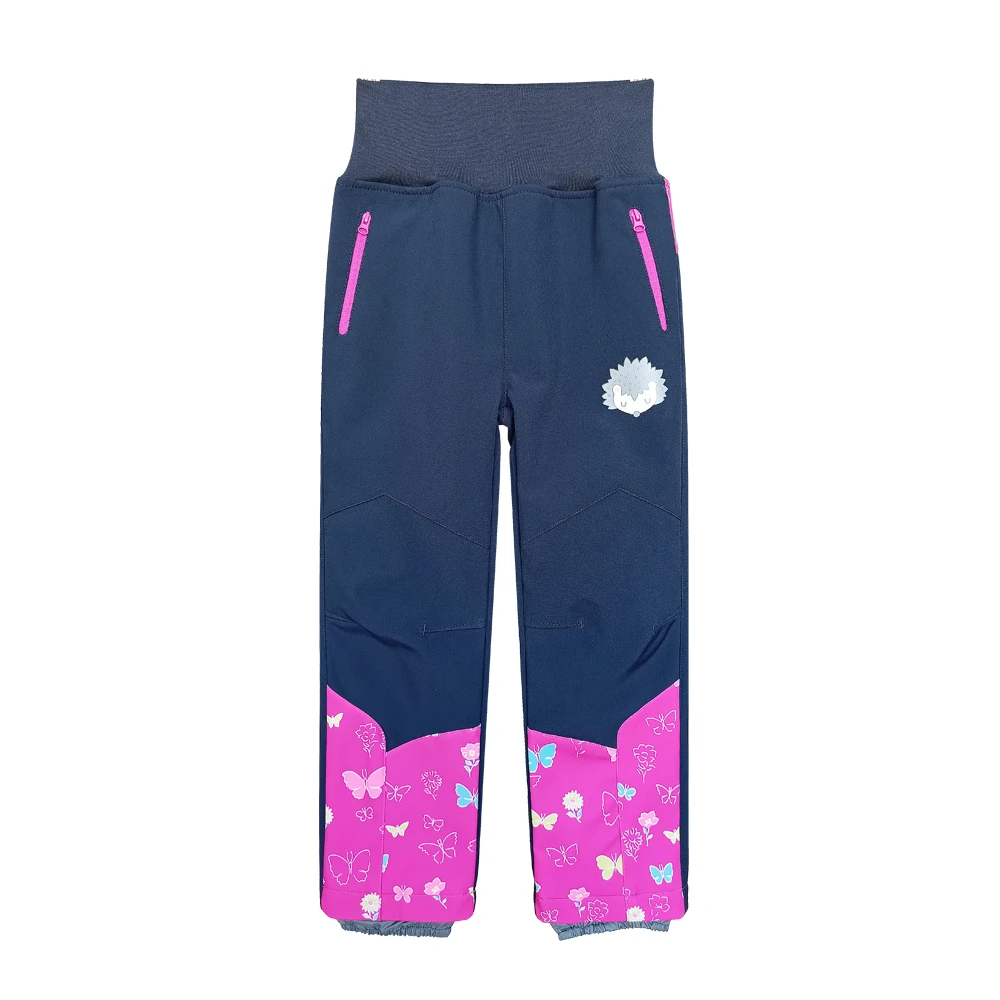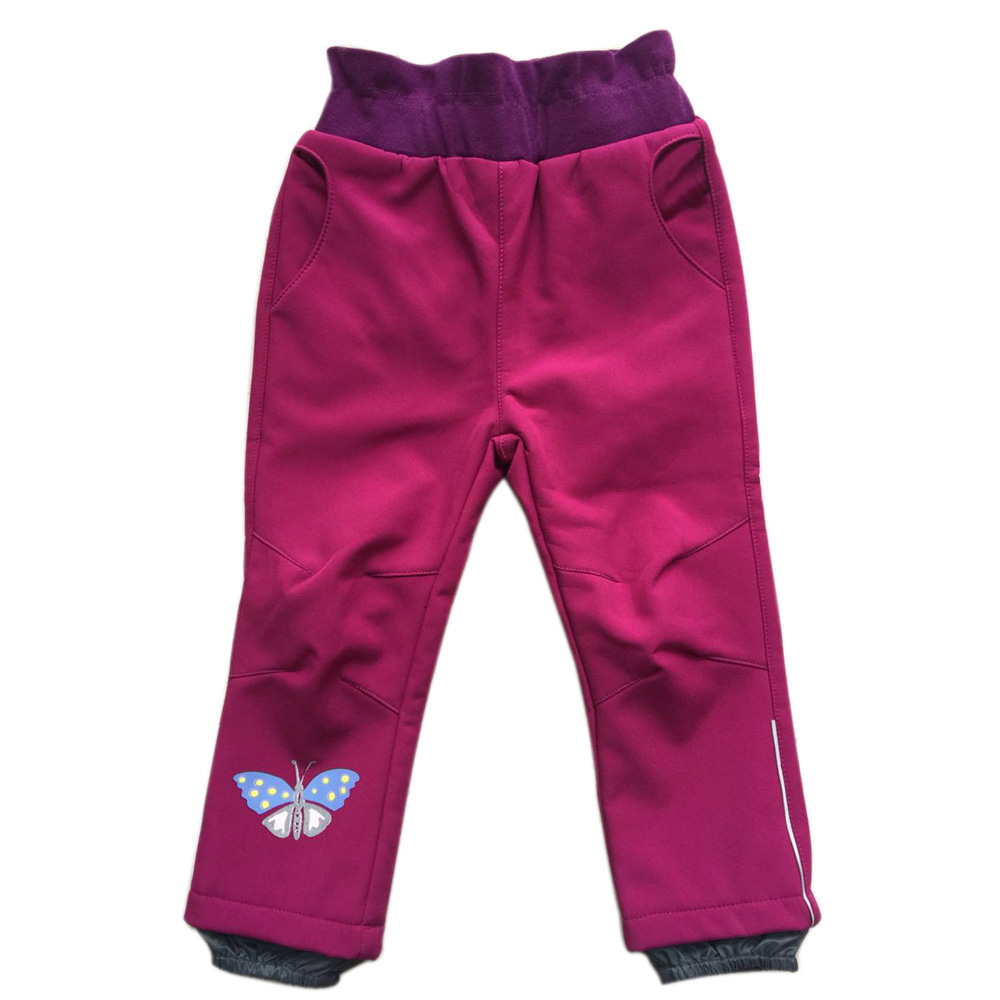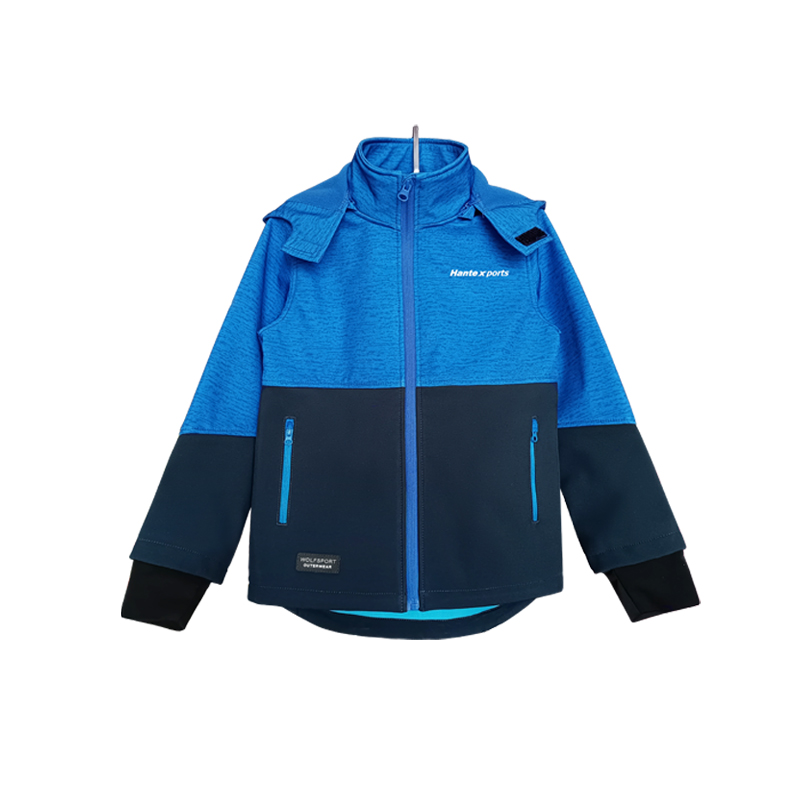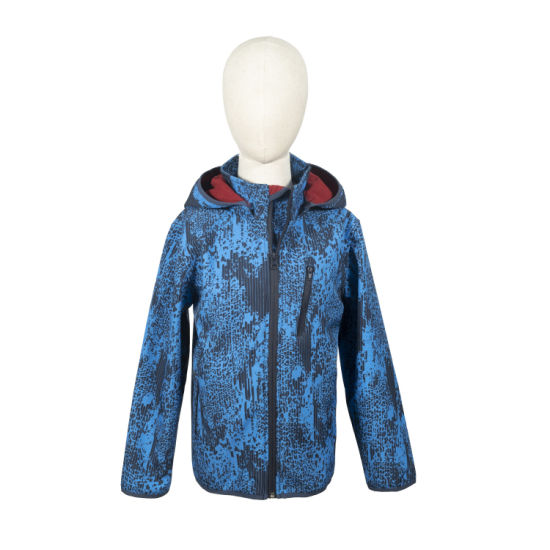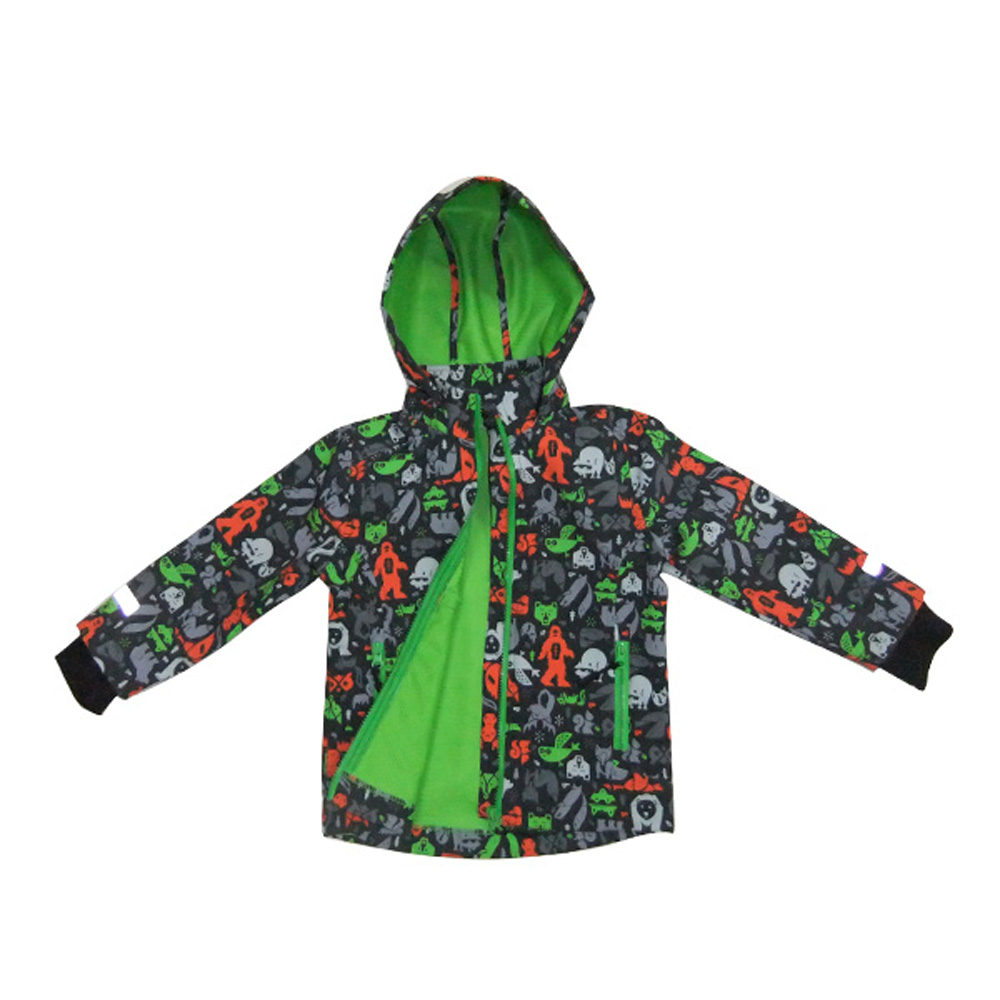Understanding Nylon Sportswear: Why It Matters More Than Ever
When you think of sportswear, you probably imagine breathability, flexibility, and a bit of cutting-edge style. But nylon sportswear is more than just a fashion statement—it’s a global phenomenon connecting innovation, sustainability, and modern lifestyle. Why? Because this fabric technology has become a go-to solution for athletes, outdoor enthusiasts, and even humanitarian missions worldwide. Knowing what makes nylon sportswear special helps us appreciate how a simple piece of clothing can have a ripple effect from industries to everyday life.
Global Importance: The Rise of Nylon Sportswear
Nylon sportswear isn’t just a trend in your local gym — it’s a booming global industry. The global sportswear market was valued at over $250 billion in 2023 and is expected to grow steadily due to factors like rising fitness awareness, expanding outdoor activities, and technological advancements in fibers and production. According to the International Organization for Standardization (ISO), polyester and nylon make up more than 70% of all sportswear fabrics worldwide.
But here’s the real kicker: in rapidly urbanizing regions—from Southeast Asia to Latin America—nylon sportswear helps address challenges tied to climate, affordability, and durability. It’s not only about looking good or playing soccer; it’s about practical, affordable solutions for active, sometimes harsh environments.
Mini Takeaway:
Nylon sportswear plays a crucial role globally by combining performance and affordability, addressing both lifestyle needs and regional challenges.
What Exactly Is Nylon Sportswear?
Simply put, nylon sportswear refers to athletic apparel made from nylon fibers, a synthetic polymer invented in the 1930s. Known for its strength and elasticity, nylon transformed the textile industry—and sportswear benefited immensely. Unlike cotton or wool, nylon dries quickly, resists abrasion, and stretches comfortably, which is why it dominates swimwear, running gear, and outdoor clothing.
Nowadays, nylon sportswear isn’t just for your local marathon; it has ties to humanitarian applications such as emergency shelters and protective gear where lightweight, durable fabrics are needed. So it’s not just sports—it’s survival and comfort wrapped into one.
Key Attributes of Nylon Sportswear
Durability and Longevity
Nylon fibers are famously tough. They resist tears and punctures better than many natural fibers, making them ideal for high-impact sports or outdoor adventures where wear-and-tear happens fast.
Moisture Management
Nylon sportswear wicks sweat away from the body efficiently. If you’ve ever sprinted on a hot day or hiked miles, you know that feeling of fabric clinging to your skin—and nylon helps prevent that by speeding evaporation.
Lightweight and Comfort
Because nylon is very light, it doesn’t weigh down athletes or outdoor workers, enabling ease of movement without the bulk.
Cost Efficiency
Compared to higher-end performance fabrics, nylon offers affordability without a massive drop in quality—great for mass markets and NGOs alike.
Environmental Impact
Here’s a tricky one: nylon is petroleum-based, which raises sustainability questions. Yet, recent innovations in recycled nylon and eco-friendly production processes are shifting this narrative.
Versatility
Nylon’s adaptability allows it to be blended with spandex, polyester, or treated with coatings for water resistance, UV protection, or anti-microbial properties, expanding its use cases.
Mini Takeaway:
Nylon sportswear hits the sweet spot of durability, comfort, and affordability, with ongoing efforts to make it greener and more adaptable.
Nylon Sportswear in the Real World: Who Uses It and How?
From athletes in North America and Europe to workers in Asia-Pacific’s booming urban sectors, nylon sportswear finds multifaceted use cases:
- Outdoor Enthusiasts: Climbers, runners, hikers love nylon gear for its durability and lightweight feel.
- Military and Emergency Services: Nylon fabrics form the backbone of durable uniforms and gear, offering protection and mobility.
- Humanitarian Aid Organizations: Quick-dry, resilient nylon is used in emergency clothing kits and makeshift shelters during disaster relief.
- Fitness Markets Globally: From yoga studios in Brazil to running clubs in Japan, nylon-based sportswear is everywhere.
One NGO reported that during a flood relief effort in Bangladesh, distributing nylon-based waterproof jackets helped reduce illness caused by damp clothing—an odd but real benefit of this fabric type.
Product Specifications — A Closer Look
| Specification | Typical Range | Application Notes |
|---|---|---|
| Fiber Type | Nylon 6, Nylon 6,6 | Nylon 6 is softer; Nylon 6,6 more heat resistant |
| Fabric Weight | 100–220 gsm | Lightweight to midweight for flexibility and durability |
| Moisture Wicking Efficiency | 60–80% | Higher percentage dries faster during intense activity |
| Elasticity | 10–30% | Enhances fit/stretch with blends |
| Water Resistance (with treatment) | Repels up to 10,000 mm water column | Useful for rainwear and outdoor gear |
Comparing Leading Nylon Sportswear Vendors
| Vendor | Product Range | Sustainability Initiatives | Price Range |
|---|---|---|---|
| AlphaTex | Basic to advanced nylon blends | Recycled nylon line, carbon-neutral factory | $$ - Mid-range |
| Sportiva Fibers | Technical fabrics for elite athletes | Limited, but growing eco-range | $$$ - Premium |
| EcoWeave | 100% recycled nylon sportswear | Strong commitment to zero waste | $$ - Affordable |
Long-Term Benefits of Nylon Sportswear
What’s impressive is how nylon sportswear bridges the gap between functionality and social impact. It’s cost-effective, meaning more people have access to quality sportswear and necessary protective clothing. This access influences confidence, safety, and dignity—something often overlooked when focusing purely on fabric specs.
From a sustainability standpoint, the rise of recycled nylon aligns with UN SDGs, promoting responsible consumption and production (source: UN SDG 12). Plus, the longevity of nylon products reduces waste by extending garment life cycles.
The Future: Innovations & What's Next
Don’t be surprised if your next pair of nylon jogging shorts is smarter than you imagined. Innovations like bio-based nylons, nanotech surface treatments for stain resistance, and integrated wearable technologies are coming fast. Digital knitting and automated manufacturing also promise to reduce waste and produce clothing on demand—which is frankly a relief when you think of how much fast fashion pollutes.
Common Challenges & How To Tackle Them
As great as nylon is, there are drawbacks—primarily the environmental impact of producing synthetic fibers. The sustainability story isn’t finished; there’s still microplastic shedding during washing and non-renewable resource use. Industry experts suggest adopting closed-loop recycling and encouraging consumers to wash less frequently or use special filters.
From a performance angle, some users report that nylon can retain odors if untreated. An easy fix is the addition of antimicrobial finishes or blending nylon with other odor-resistant materials.
Frequently Asked Questions About Nylon Sportswear
- Is nylon sportswear suitable for all weather conditions?
- Yes, nylon fabrics are versatile. They dry quickly and resist wind, making them great for warm and cool climates. However, layering is recommended in colder environments.
- How does nylon sportswear compare to polyester?
- Both are synthetic and share moisture-wicking traits, but nylon tends to be more durable and stretchier, while polyester excels at moisture transfer and is often cheaper.
- Is recycled nylon as good as virgin nylon?
- Thanks to improving technology, recycled nylon can match or sometimes even outperform virgin nylon in strength and appearance, though prices and availability vary.
- How do I care for nylon sportswear properly?
- Wash with similar colors in cold water, avoid fabric softeners, and air dry to maintain elasticity and shed less microplastic.
Wrapping Up: Why Nylon Sportswear Deserves Your Attention
So, whether you’re an athlete chasing your personal best, a manufacturer seeking sustainable materials, or simply curious, nylon sportswear is worth a closer look. It fuses function, innovation, and social value in a way few fabrics do.
If you want to explore the latest in nylon-based apparel or source durable, eco-conscious sportswear, don’t hesitate to visit our website—because better performance starts with better materials.
